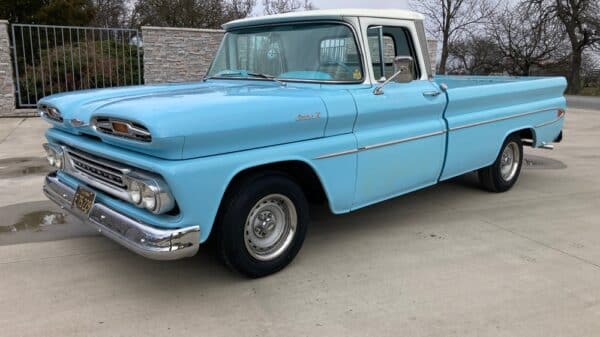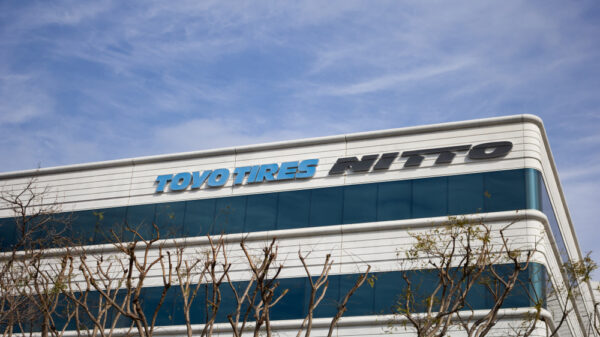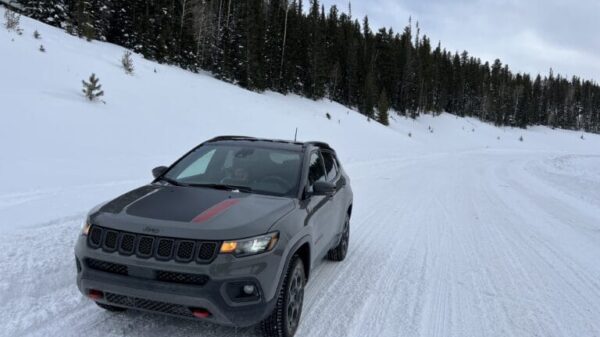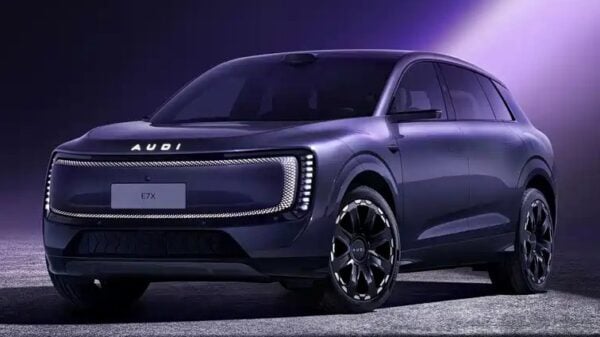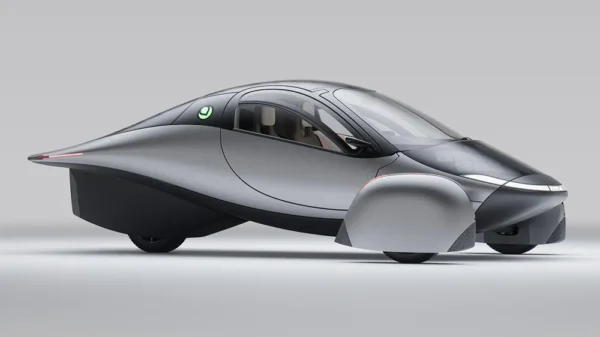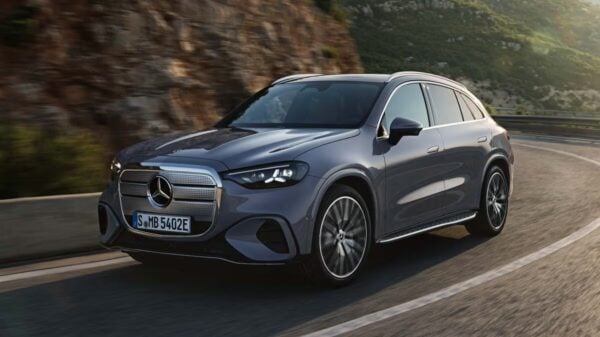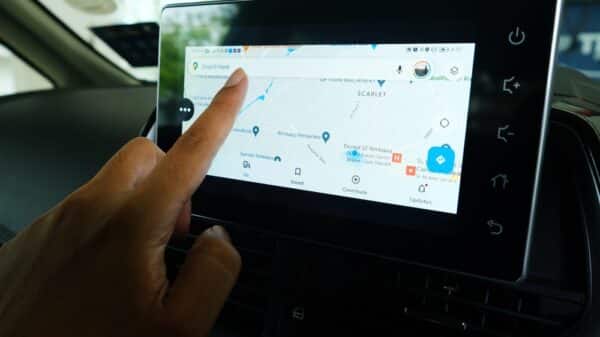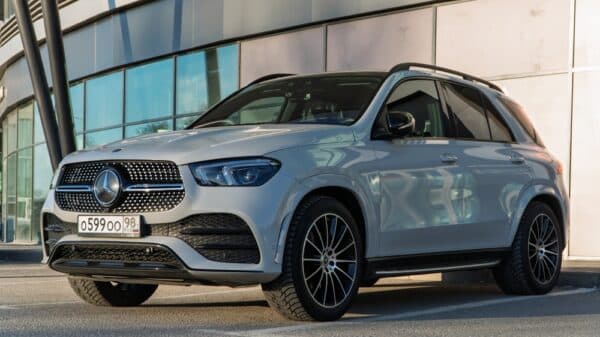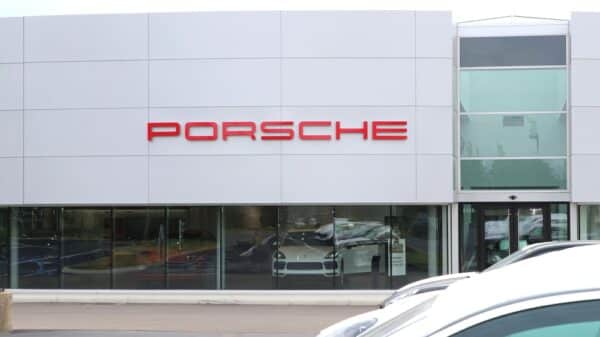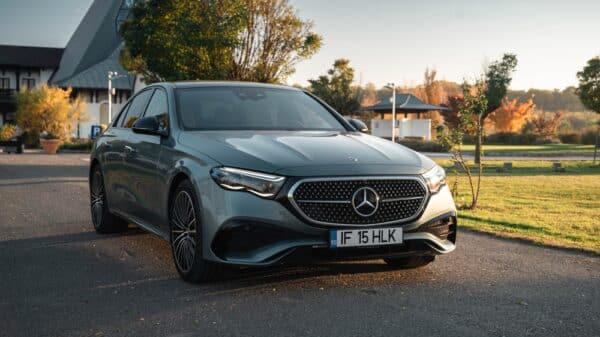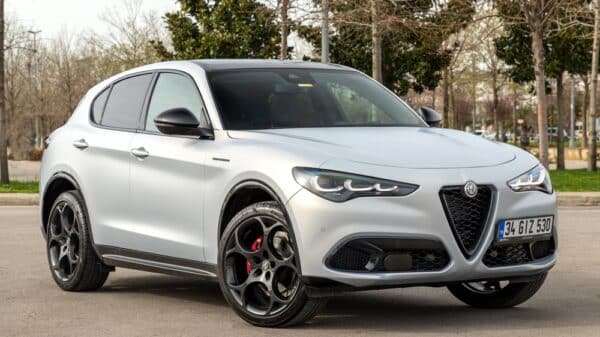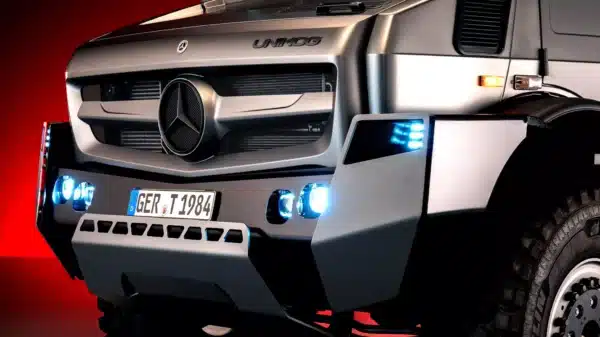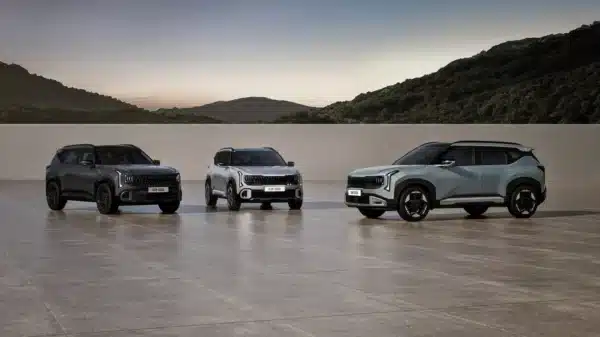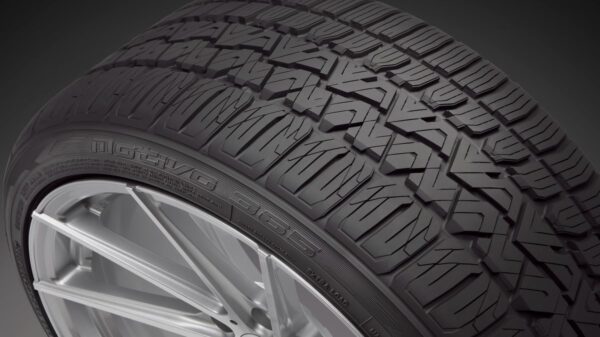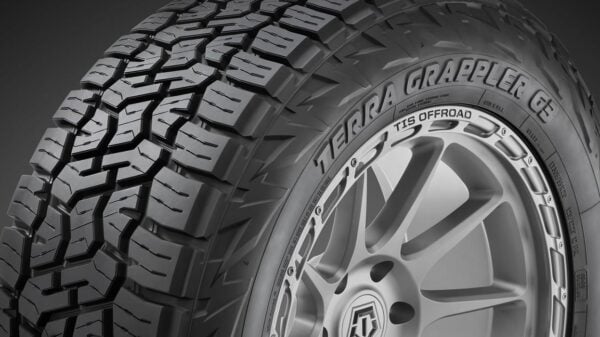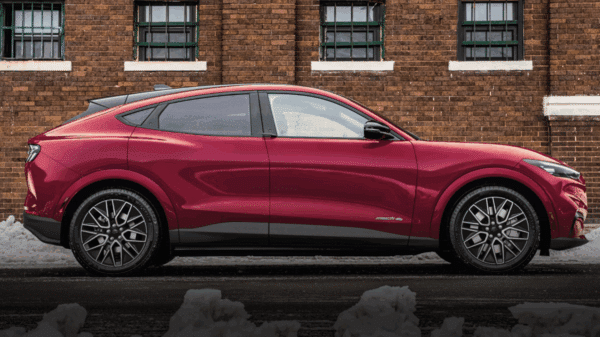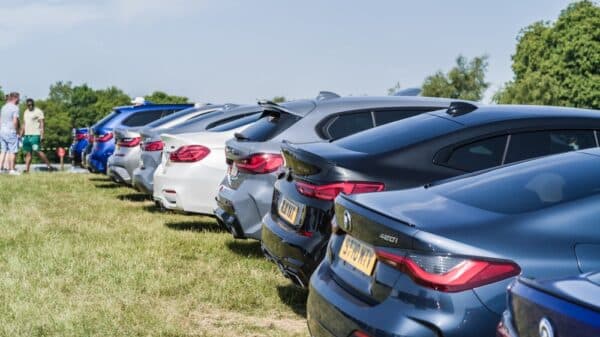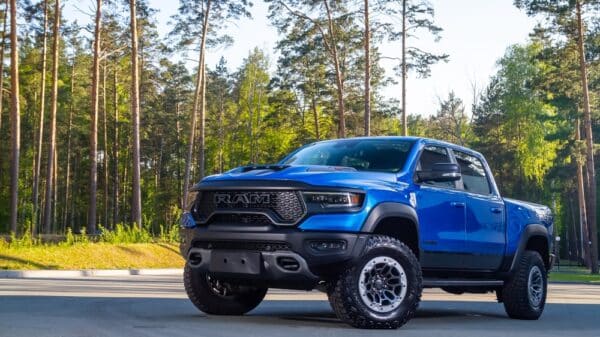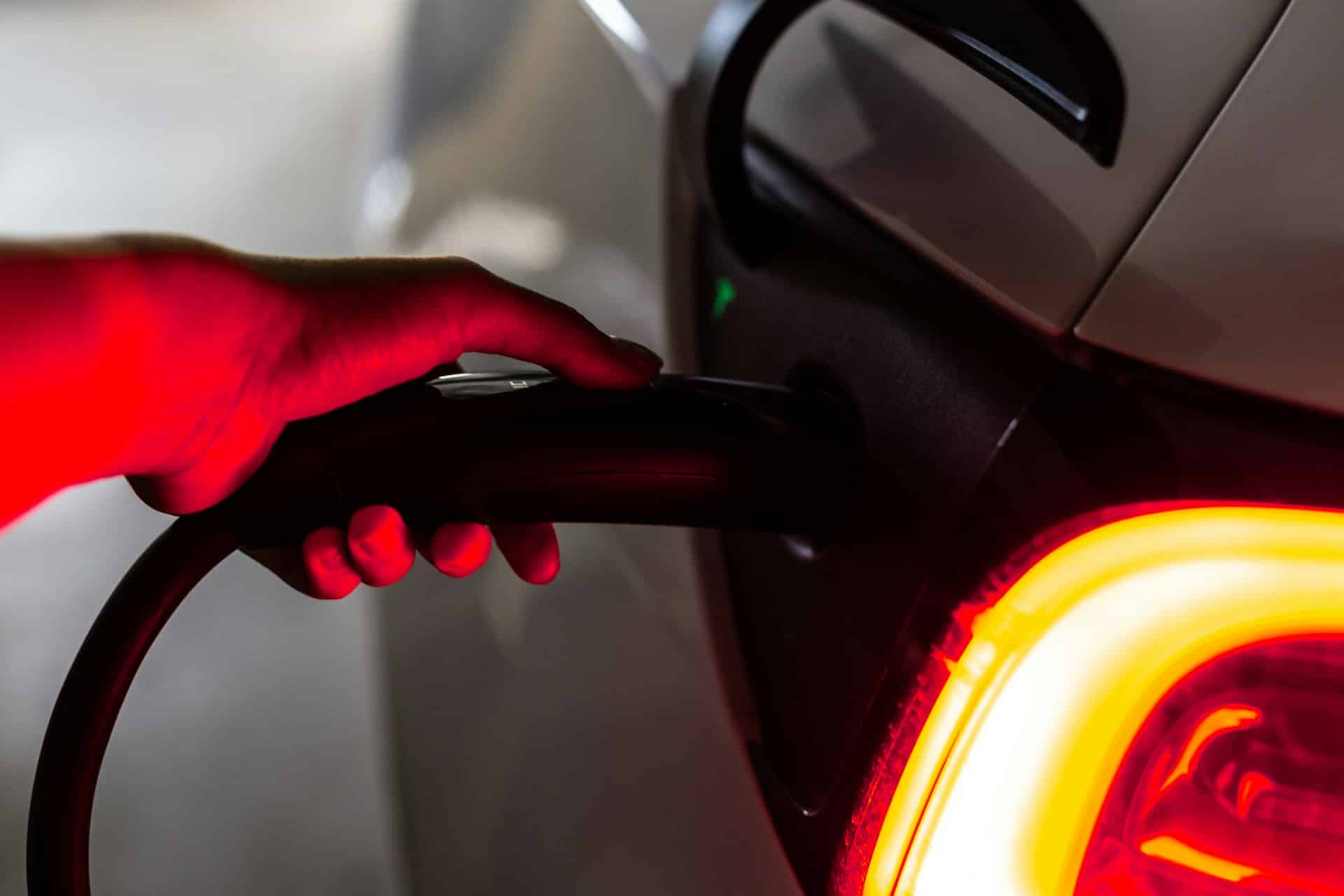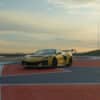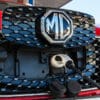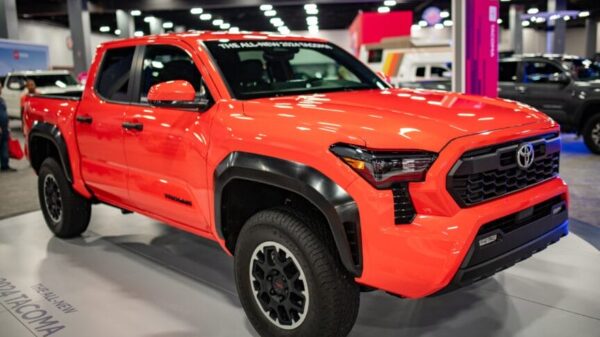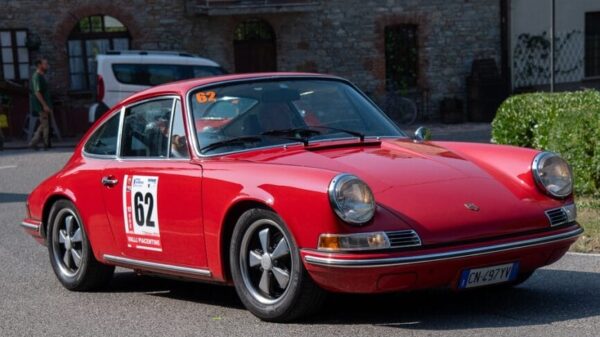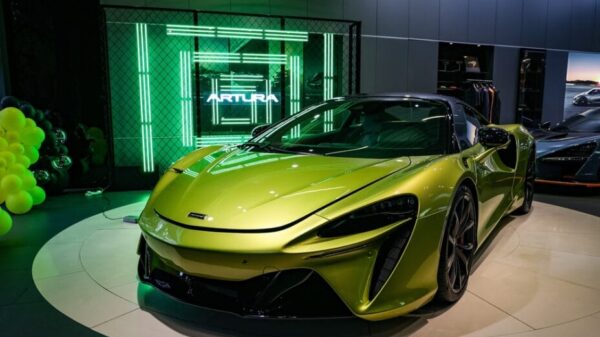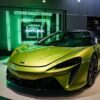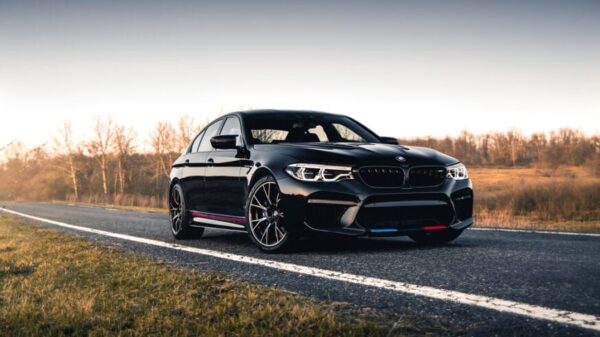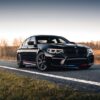Car and Driver recently put the Lucid Air and Kia EV9 to the test, examining their range claims at varying speeds from 35 to 95 mph. The takeaway? As you might expect, driving slower tends to yield better range. In fact, the tests revealed that the Lucid Air could only hit its ambitious 419-mile range target when cruising at around 47 mph, while the Kia EV9 managed to do this at a slightly faster 66 mph.
Just last week, a friend of mine, who drives a gas-powered Acura RDX, was mulling over the idea of making the switch to electric. He had the same burning question that many potential EV buyers have: “How far can I actually go on a charge?” Our conversation meandered to the Cadillac Lyriq, which boasts a range of about 300 miles. He asked me whether this meant he could actually complete a 300-mile trip on the freeway. I had to break some disappointing news; most range estimates are calculated based on a mix of city and highway driving cycles, and it’s unlikely he’d achieve that lofty number on a long stretch of freeway.
Then came a question that stumped me: “How much range will I lose on the freeway? Will speeding drain my battery even faster?” I scratched my head, realizing I knew that speed affects range but lacked the specifics.
Fortunately, Car and Driver has stepped in to demystify this for all of us. They conducted tests comparing the Kia EV9 and Lucid Air, checking their range and efficiency while driving at 75 mph and 55 mph. The results confirmed that, indeed, your mileage (literally) will vary significantly based on your speed.
If you’re aiming to extend your range, the rule of thumb is simple: slow down.
It’s crucial to understand that highway range estimates will almost always fall short of those slick numbers on the window sticker. While EVs excel in city driving by utilizing regenerative braking to recover some energy, freeway driving presents a different challenge. When you’re cruising at constant speeds, there’s no chance for that energy-saving tech to kick in, resulting in decreased efficiency.
According to Car and Driver’s findings, the rate at which these cars consume power escalates dramatically as speed increases. Their tests extended from 35 mph to 95 mph, and predictably, the faster you go, the more range you’re likely to munch through. The Lucid Air performed relatively better at higher speeds, experiencing a 23% drop in range between 55 and 75 mph, and a 24% drop from 75 to 95 mph. Meanwhile, the Kia EV9 faced more than a 30% decrease at each 20-mph interval.
However, it’s worth noting that while the boxy design of the EV9 resulted in more range loss at higher speeds, it also proved to be closer to its freeway range estimate, needing 66 mph to align with its EPA rating. In contrast, the Air fell short, needing to be driven at a modest 47 mph to meet its rating.
Drawing from my own experiences, I can relate to the mixed bag that comes with EV range estimates. I’ve taken the EV9 on road trips before, and while it may not boast the same range as some other contenders, I’ve found its performance surprisingly efficient on longer drives. Conversely, the Lucid Air’s impressive range on paper left me slightly underwhelmed when it didn’t quite match up on the freeway.
So, if you’re looking to stretch those electric miles, perhaps it’s time to ease off the accelerator a bit. Sometimes, going slow is the best strategy for making your charge last longer.
Image Source: Unsplash


